Make Your Own Pocket Survival Kit – It’s Cheaper & Better
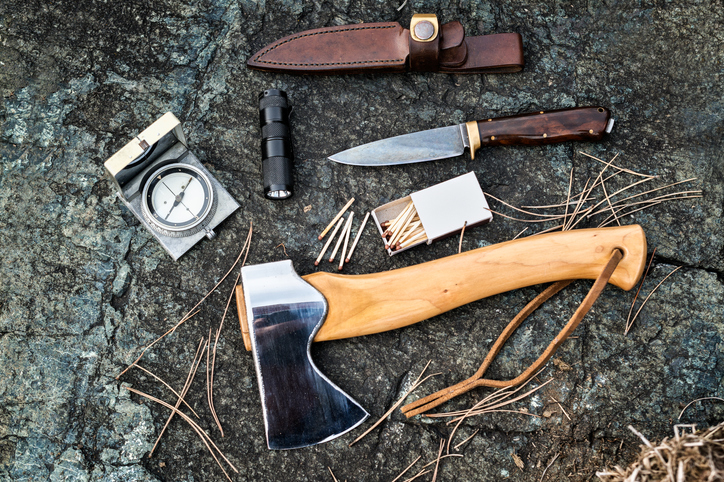
Whenever you venture into the wilderness, you are always taking a certain amount of risk. Something could go wrong, and it is important to have the tools available to keep yourself safe during a potentially dangerous situation.
There are hundreds, if not thousands, of commercially available survival kits, but there are several problems with most of these.
They are usually too expensive, too gimmicky and cheap, or they are too big to demand consistent carry on your adventures. There is a solution to all these problems, which I was introduced to as a teenager and I still employ to this day: you can easily make a compact, lightweight survival kit from things you likely already have at home.
First off: the container. I like to use a plastic or metal can – a 6-ounce can of nuts usually does the job.
Obviously, remove the nuts and clean the container first. I find that this size is small enough to fit in my cargo pockets, and it keeps me from packing it with so much stuff that it becomes uncomfortable to carry.
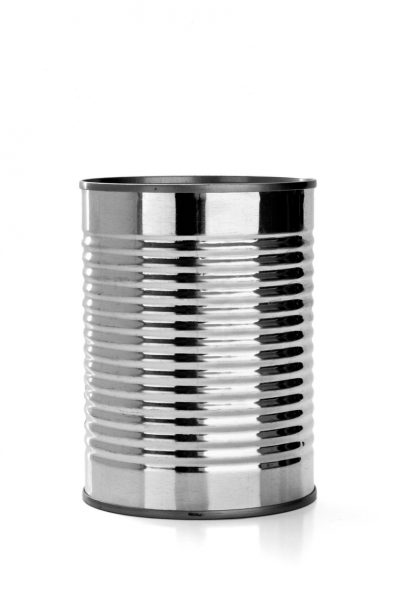
If you decide to leave your tools at home, they will be no good to you when you need them. I also like the round shape as it gives us the ability to easily store some of the items coming up in a unique but clever way.
Finally, I like that it has a wide opening. This allows the user to look through the contents without dumping the kit out and digging all the way through just to find one item.
Inside, we will find most of the recommended contents. As with nearly every survival kit ever made, matches go in with a waterproof container.
A plastic sandwich bag will keep the matches sufficiently protected; a dedicated waterproof match case is great, but they take up unnecessary space and are better suited to other purposes. Make sure you include a strike strip, even if you use strike-anywhere matches, just to be safe.
To accompany the matches, a source of tinder can also be added to improve your chances of a fire in a challenging situation. There are plenty of commercially available options, but I’ve found that dryer lint works great. I recommend you use lint that is mostly from all cotton clothes, as synthetic materials do not tend to work as well as tinder.
A trash bag should be included inside the can. This offers multiple uses. A plastic trash bag can be worn as a poncho, it can be used to keep other equipment dry, and it has first aid applications.
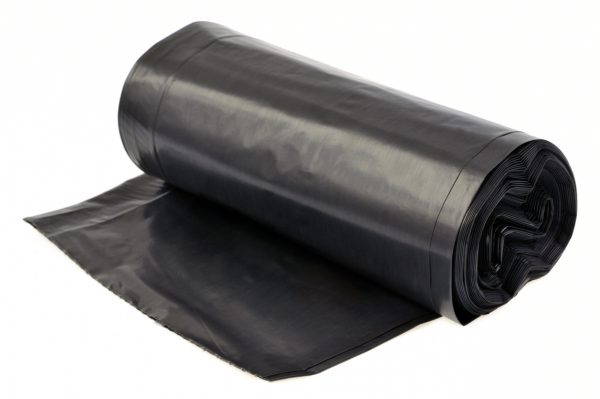
A small knife or razor blade will be useful as a cutting tool. I know most of us wouldn’t ever be caught in the wilderness without a good knife, but if everything has gone wrong and for some reason you are caught without a knife, it will be a welcome addition to this kit.
Some high-calorie dog biscuits should be added as a food source if things really go sideways. There are hundreds of better tasting things you can add that will be of equal caloric value, but those probably taste a lot better than a dog biscuit. If your emergency food supply is not pleasing, you are less likely to prematurely snack on it when you are not in a survival situation. Dog biscuits are also very shelf stable and cheap.

25 feet of parachute cord can be useful in a variety of situations. If you are planning on spending a long time in the wilderness you should consider taking quite a bit more, but this is an emergency kit and if you ever need to use this there are few substitutes. Parachute cord can aid in storage, repairs, first aid, or even in setting game traps.
Use any remaining space inside the can for gauze and/or bandages. You never need these until you need them, and when that time comes, they are necessary.
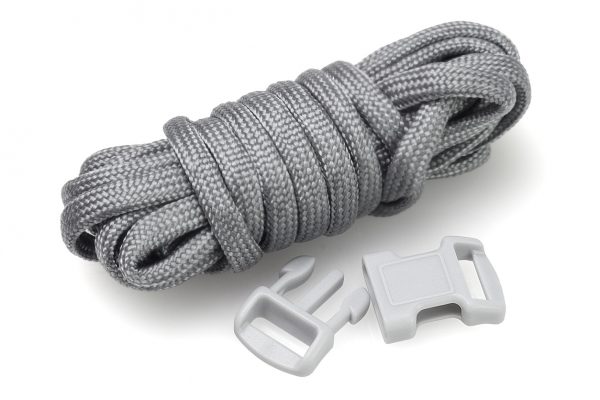
Wrap about 50 feet of fishing line on the outside of the can. I prefer 8-pound test monofilament, but you can use what you prefer here.
Wrapping the line around the can prevents it from becoming tangled or acquiring kinks. The line can be used for clothing and equipment repairs, or to catch fish if that is a possibility.
To secure the fishing line to the can, use a strip of tape – either electrical or duct. Once the fishing line is secured, wrap 25-50 additional feet of tape around the can. Now you have a very simple storage method for your tape, which doesn’t take any space away from other items and also works as an easy dispenser.
On the bottom side of the can, use a final piece of tape to secure a sewing needle and a fishing hook. The needle should have an eye large enough to accept the fishing line; this may be useful for clothing repair.
In theory, the needle could also be used to sew up a wound, but that task may not be something everybody has the stomach for.
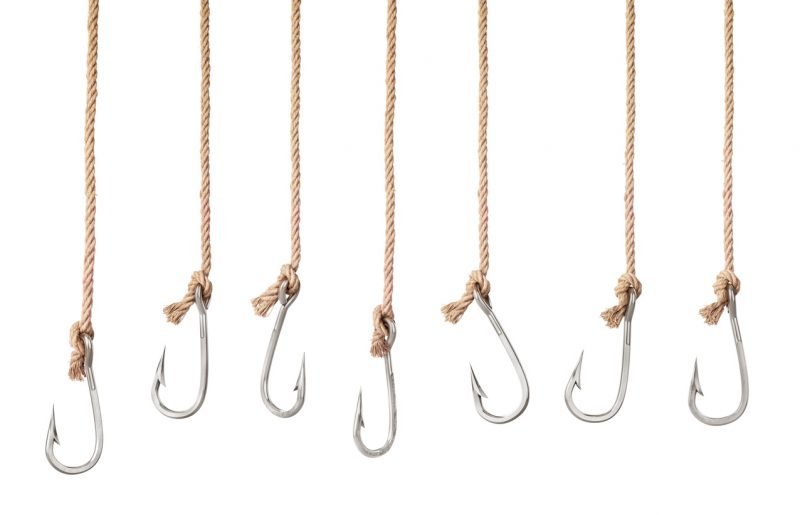
The fishing hook can be jig or a plain hook, but it would obviously be useful for potentially catching fish. I recommend no larger than a size 8 hook as you may not have fish large enough to fit a bigger hook in their mouths near you, and contrary to intuition, it is more trouble than it’s worth to try to play and land a large fish without proper equipment.
All of these items together weigh very little, will fit in most cargo pockets, and are probably laying around your house already.
While this is not the perfect survival kit, it is a kit that is accessible to most people and is easy enough to carry that it won’t be left at home or in the car. The best-built survival kit in the world is useless if you don’t have it with you, right?
